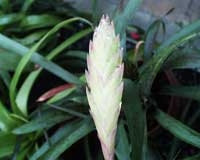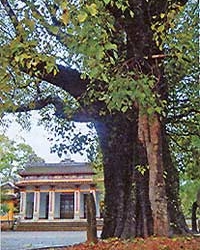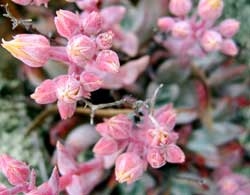Evolutionary biologist Roberto García-Roa captured a striking image of a mushroom growing on a giant spider, stating: “While it’s not uncommon to encounter insects infected by ‘zombie’ fungi in nature, it is extremely rare to witness large spiders succumbing to this type of fungus.”
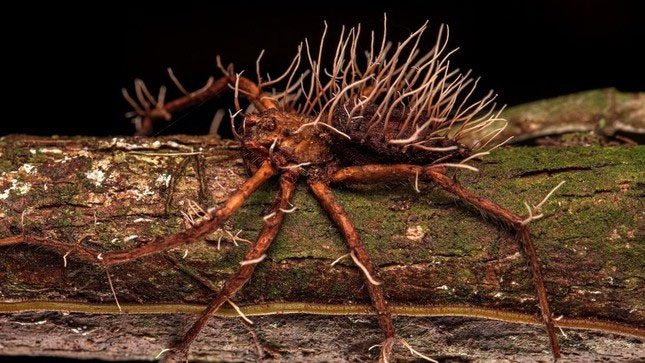
A large spider found with a type of parasitic fungus spreading across its body. (Photo: Roberto Garcia-Roa).
This rare image captures the moment a giant spider is overtaken by a parasitic fungus, with spores developing from its back, legs, and head.
This impressive photograph is one of the award-winning entries in the BMC Ecology and Evolution photography competition. The photo, taken by evolutionary biologist Roberto García-Roa, won second place in the Plants and Fungi category.
In a commentary published in BMC Ecology and Evolution on August 2, García-Roa noted: “While it is not unusual to encounter insects infected by ‘zombie’ fungi in nature, it is quite rare to see large spiders fall victim to these fungal conquerors.”
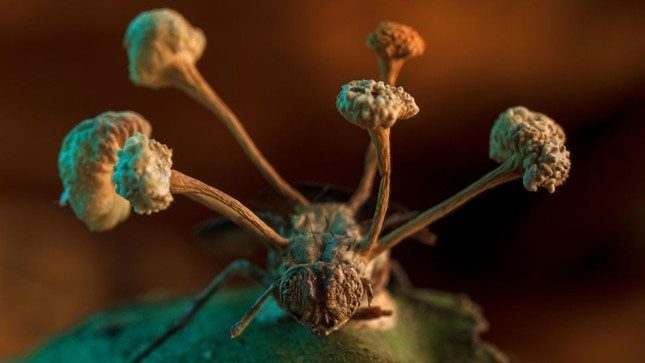
A type of zombie fungus erupting on the body of a dead fly, which won an award last year. (Photo: Roberto Garcia-Roa)
Many species of fungi are known to parasitize spiders, and instances of parasitic outbreaks from the remains of dead spiders have been recorded globally. Most of these belong to the Cordycipitaceae and Ophiocordycipitaceae families. The spider and fungus in García-Roa’s photo have not been specifically identified, but it appears that the fungus has infiltrated the host and taken control of the spider’s body.
João Araújo, a mycologist at the New York Botanical Garden and contributor of the award-winning photo, wrote: “The forests where these fungi thrive are also shared with various mycoparasitic fungi that can parasitize, consume, and even include Ophiocordyceps. Only recently have scientists begun cataloging and describing these yet-unknown fungi that can destroy other fungi.”
Cornelia Sattler from Macquarie University in Australia, another photographer of the image, commented: “Despite their beautiful and innocent appearance, the orange-pored fungi are an invasive species that replaces other fungi and is spreading throughout Australia’s rainforests. It is crucial to closely monitor this fungus, as its spores are often transported by humans, to protect Australia’s biodiversity.”








































